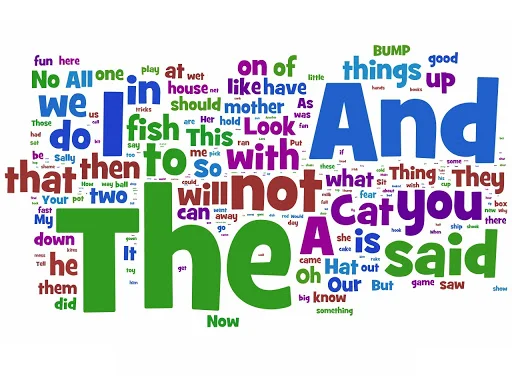
Techniques for memorizing vocabulary
Whether you are a language student on your own or a teacher, this article can help you and give you new ideas, also ideas to combine with your experience. Today we want to help you with some vocabulary memorization techniques in a foreign language. We know that all those who are faced with the study of a new language sometimes have a difficult time when they have to memorize vocabulary. But it does not have to be boring and tedious, memorizing vocabulary can become another incentive to improve and learn a foreign language better.
Why is it necessary to memorize vocabulary when studying a foreign language
Mastering as many words and expressions as possible in a foreign language is what will give the student the possibility to continue advancing and to acquire new levels in the new language. Mastering a greater number of words will enable the student to understand and express himself , both orally and in writing, in very different situations and circumstances , and it will be what makes it possible for him to communicate with foreigners in different areas. The more vocabulary you have, the more possibilities for communication in increasingly specific areas, which means many new possibilities, such as at an academic and work level. Therefore, it is essential to dedicate, from the moment you start to study a foreign language, a stable time to memorize vocabulary, to look for everything that is not understood in a dictionary and to learn all the words and expressions that come out to us in the study time. Don't take it as a boring task. Find your way, the one that best suits what you consider enjoyable, and get down to work.
If you are a teacher, it is essential that you also work on activities in class that can help students to memorize certain vocabulary, even if they do the most work at home. If these techniques are already practiced in class from time to time, they will have a lot of cattle.
Techniques for memorizing vocabulary in a foreign language
- There are students who work very well with traditional methods: long lists of words divided by sectors, areas or fields and pure and simple memorization based on repeating. Although there are new tools and more advanced means can be used, if any student works better this way, go ahead. Each one must find his own rhythm and means.
- Enhance the visual partit is critical to the memorization process. Associating words and expressions with a photo or drawing is an excellent technique for quick and safe memorization for many students. There are visual dictionaries that are very useful in this case. On the contrary, the student can do his own, which will motivate him in the study, he will be entertained and he will learn a lot.
- There are games to play in teams or in pairs with which students learn a lot. Sure, in this case you need fellow students. It consists of the description of a word with signs and you have to guess , by the partner, what word it is. This game is very useful and makes memorization easy and fun, as well as putting other more personal skills into practice.
- As in the previous case, instead of miming , the pupil or student can do it through the drawings. They have a great time, laugh and learn a lot at the same time.
- A personal way to study vocabulary is through recordings. Students and pupils can record themselves either reading the words, singing them, poeticizing them, dramatizing them ... It is already the desire that each one wants to put them, in addition to creativity.
- There are cards on which students can write the word on one side and its meaning in Spanish on the other. This way of memorizing, through the techniques and repetitions that each student chooses, is also very effective. Many accompany them with drawings , everything that can be added and serve as a resource.
- There are games like Kahoot that serve as learning tools and are very well received as well as surprising results among students. To do this, the teacher must create the questions and answers and then project in the classroom. From here, the students will choose from among the 4 answers the ones they consider correct to the questions asked. Finally, if the teacher wishes, they will receive a personalized report with the data of all the students to see what they know and what they don't. It's a lot of fun, they have a great time, and the response time does it all.
You can use the Kahoot with your groups of students by letting them do it. They will create their own questions and answers and they will present it to their colleagues. They will have a great time and practice and learn a lot while preparing the game and working in teams.
- Movies , songs , series , reading, books ... are a rich source of vocabulary that pupils and students should always keep in mind when studying a language. They are especially rich in expressions that do not appear in study books. That is why it is highly recommended that students work with these materials. From here, dictionary search and repetition are the best allies for memorization, each in their own way and at their own pace.
- Do not forget to always work with a good dictionary , it is what will make you advance in the study and solve all your doubts. As we have said before, there are visuals, especially for beginners, that can help you a lot of the way, if this technique is better for you. Find a good, bilingual one to start with and who can serve you all your way. When you already have a higher level you can use the monolingual dictionaries.